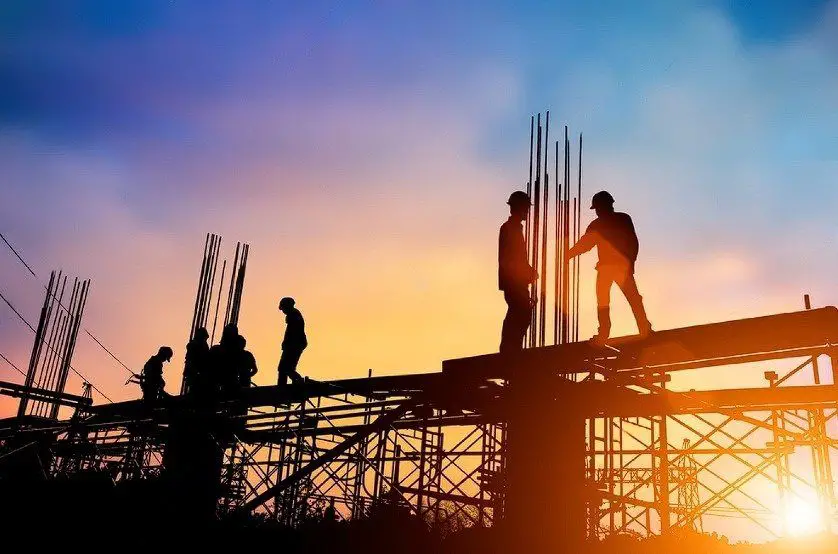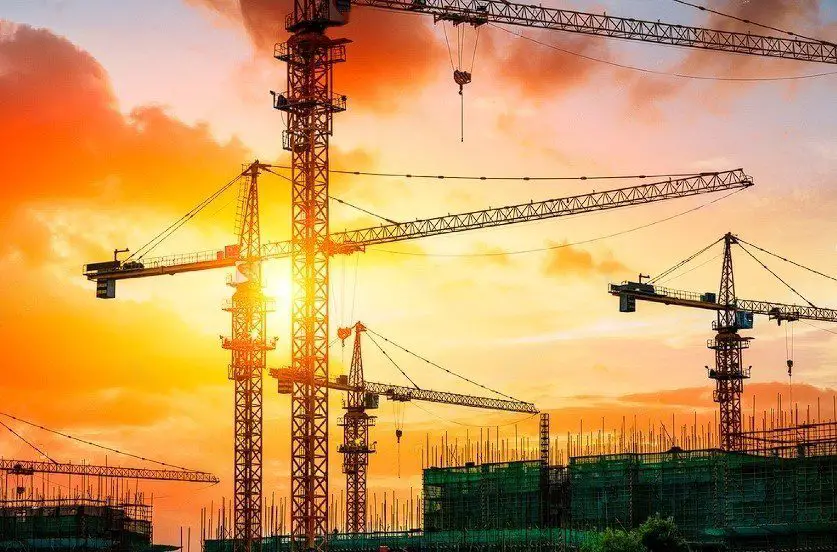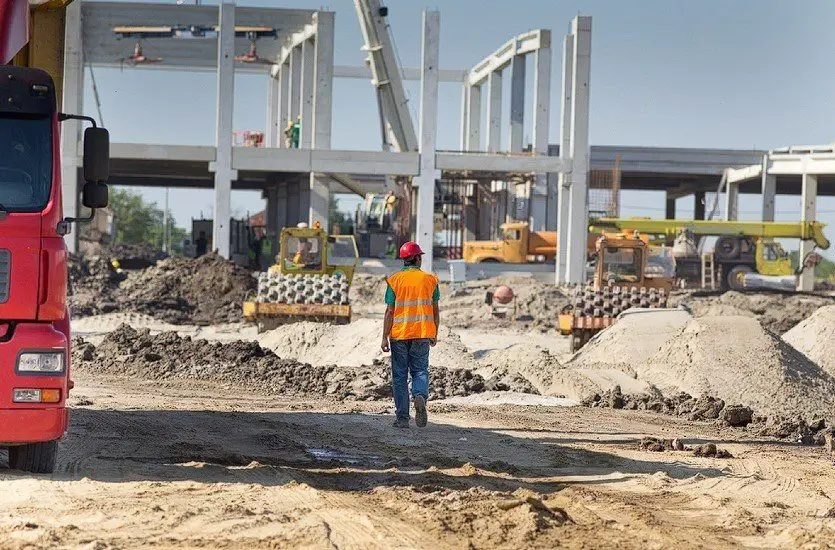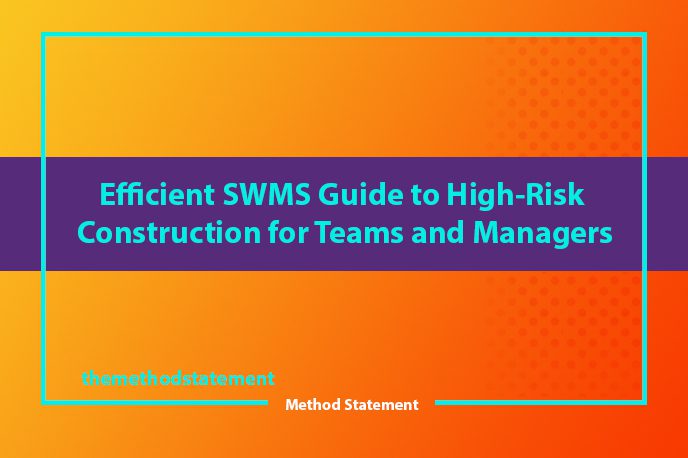Table of Contents
- What Precisely is SWMS High-Risk Construction?
- What are Some Examples of High-risk Construction?
- What should your Safe Work Method Statement Contain Template for High-Risk Building?
- Does SWMS Need a Risk Matrix?
- The Advantages of Risk and Safe Work Method Statements in High-Risk Construction
- Making Use of an SWMS Platform
Without control measures, high-risk construction work might put your team at risk because it involves a lot of hazards and risks. A safe work method statement (SWMS) allows you to implement safety measures to properly prepare your job site.
Before starting a job in the field service industry, SWMS are essential for both service supervisors and technicians.
What Precisely is SWMS High-Risk Construction?
A safe work procedure statement can assist in reducing the impact of hazards on the job site. SWMS recognize:
- Hazards are items or actions that have the potential to cause harm, injury, or death to workers.
- Risks are the chances that a danger will cause harm to a worker. (Measured in terms of likelihood, from low to moderate to excessive)
- Control measures are safeguards put in place during work activities to reduce or eliminate hazards.

What are Some Examples of High-risk Construction?
Some prevalent actions in high-risk construction work include:
- A person falling from a height of more than 3m Areas with a toxic or combustible atmosphere
- Working in a small space
- Dive work
- Hazardous substances or liquids
- Jobs involving the use of pressurized gas mains
- Precast concrete pieces are being worked on.
- Workaround or on refrigerant lines
- Temperature Extremes in the Workplace
- Jobs in tunnels or trenches deeper than 1.5m Work on load-bearing structures
What should your Safe Work Method Statement Contain Template for High-Risk Building?
Asset construction must include some basic processes, according to WHS rules and Safe Work Australia. In order for your SWMS to be effective, you should include:
Job steps and procedure
You must first include your job data in your field service SWMS document. This will include the site’s address, your supervisor’s contact information, and your own business information.
You should also include emergency procedures and any additional information about the site, such as client information, in this initial section. These can help your team reach any technician’s objectives and ensure compliance.
PPE (Personal Protective Equipment)
Any Personal Protective Equipment (PPE) required for site-specific job management should be identified and made available to all technicians on site. Examples include safety glasses, gloves, hard helmets, and so on. Your SWMS document should include a section to ensure this is covered.
Risk-mitigation measures
Following that, in your job management, you will identify hazards and control measures that must be put in place. A typical generic SWMS will include a risk matrix where the likelihood and impact of a risk can be calculated.
Sign off to confirm that the SWMS was completed.
Finally, ask the necessary technicians to sign and date your document to show who has read and applied the SWMS approach. This can be useful in determining who was on site and who is following safe work practices.

Does SWMS Need a Risk Matrix?
Yes, Safe Work Method Statements (SWMS) typically include a risk matrix. A risk matrix is a tool used to assess the likelihood and consequence of potential hazards associated with a particular task or activity. It is used to determine the level of risk associated with the task and to identify appropriate control measures to mitigate the risk.
The risk matrix is typically included as part of the SWMS documentation and is used to guide the development and implementation of safe work practices.
The Advantages of Risk and Safe Work Method Statements in High-Risk Construction
An SWMS template, like any job site checklist, can assist build uniformity in your business and eliminate errors. When your team has a great SWMS template in place, you will be able to:
Avoid being held liable
By using an SWMS template to map out your services in safety processes, you can ensure that you include all of the directions and details your team requires to stay safe. When you have all of your safety management boxes ticked, you can avoid liabilities or lawsuits in the unfortunate event of an accident.
Nobody likes to get a call from a customer saying there was a fire at the job site and it was caused by your poor wiring. You’d feel a lot better if your team’s work was documented step by step.
Reduce the number of accidents
You can avoid accidents and injuries to both your clients and your own team by using risk management and the proper PPE equipment. SWMS is designed to include safety suggestions in order to avoid risks before an incident happens. You can decrease the chance of risks and minimize serious harm with sign examples such as slippery when ‘wet’ or ‘hard hat only region’.
Save time
Aside from reducing liability, safe work method statements can also save you time. While it may not feel like filling out paperwork would save you time, your SWMS can actually assist identify areas in your work for future growth and inspire your team to learn safe work practices.
Enhance communication
When properly integrated, your SWMS can also improve communication. You may ensure that your contractors, subcontractors, and technicians are all on the same page by describing the job procedures for your site. You can use software to assist your schedulers, technicians, and administrative staff in reviewing your safety management and identifying areas where extra safety training is required.

Making Use of an SWMS Platform
Whether you are a general contractor, a technician, or a service manager, you must be prepared for hazards in the workplace. To ensure the safety of your workplace, your SWMS must follow the relevant Workplace Health and Safety (WHS) laws for all workers.
A field service software platform is one of the greatest ways to ensure that your team satisfies regulatory obligations while on the job site. You can access resources and keep your entire team on the same page using automation.
There is software that can automate your whole business’s SWMS process. This may provide you with access to: from the initial proposal to maintaining safety and customer details.
- Data that is easily accessible
- Status changes in real-time
- Management of Health and Safe
- Simple planning
- The management of timesheets
- Asset management and maintenance
- Routing and access to the field
tag: SWMS Guide to High-Risk Construction

